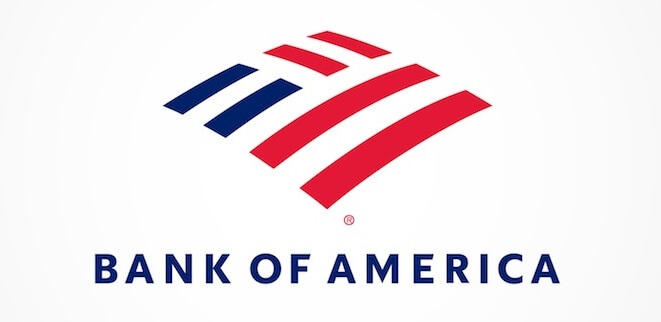U.S. Stock Indexes Advance for Second Straight Day

Positive news from two large U.S. financial institutions served to offset some concerns in the sector from yesterday and further suggests we are in recovery mode.
Only a day after financials Wells Fargo and JPMorgan Chase announced disappointing earnings, which were felt to be a weight upon an otherwise strong market day yesterday, Goldman Sachs and Bank of America showed us that this sector can deliver good news as well.
The financial sector is in a real sense a harbinger of overall business health, as banks and other financial institutions make money when business conditions are good and don’t so well when business in general takes a step back.
Large institutions have the kind of wide exposure that makes them good indicators of overall market health, and this is why people don’t like to see financials like JPMorgan Chase and Wells Fargo, two of the top 5 largest banks in the United States, display negative results.
Bank of America and Goldman Sachs are also in the top 5 though, and this better news bolstered sentiment toward more of a stock market recovery. Especially welcome was the news that loans were expanding now.
This isn’t just important to the banks, as expanding loans also indicate an expectation of prosperity, and this also has a positive effect on the money supply and suggests an economy that is growing. Most of our money supply consists of credit and this is what drives financial growth.
Economic Sentiment Remains on the Positive Side
The positive sentiment that this creates was reinforced by the remarks of Bank of America Chairman and CEO Brian Moynahan, remarking that “we see a healthy consumer and business climate driving a solid economy.”
This is in harmony with comments from several other companies expressing their positive outlook on earnings and on the business climate in general, and while it’s the job of business leaders to seek to inspire confidence in the business climate, when these remarks are backed with positive numbers, as is the case with Bank of America’s, they do carry more weight.
Data released by the Federal Reserve also backs up this view at least somewhat, with the Fed reporting at least modest growth in 8 of its 12 districts. While these aren’t the results of a booming economy by any means, it at least does show that the momentum is still on the positive side as far as economic performance goes, in spite of it waning.
Concerns about rising interest rates still have many cautious at this time, and although economic growth and rising interest rates go hand in hand, they have opposite effects upon businesses, and by extension, their stock prices.
Businesses want to see expansion for the most part, while the Fed is concerned with controlling growth and does so through several means, including putting interest rates up to contain this growth, making borrowing more expensive and therefore controlling expansion. The fact that we’ve needed these interest rate hikes and may need further ones is overall a bullish indicator though as this means that the economy requires restraining to keep inflation in check.
Meanwhile, the recovery from the lows we saw on December 26 keeps chugging along, in a way that really does suggest that these lows were the extent of any correction that we needed in the near term at least. Confidence in the market continues to increase, and while there are still some real concerns, most notably the potential of an escalating trade war between the U.S. and China, that front has at least somewhat stabilized now.
The Dow ended the day up 0.59%, following up on its 0.65% increase on Tuesday. The broader S&P 500 managed a 0.22% gain, with the NASDAQ Composite up 0.15%. The more modest gains on these two broader indexes suggests that blue chips got the lion’s share of the market love, but the gains were spread out broadly enough to propel all three major U.S. stock indexes forward.
U.K. Conservatives Survive, Prepare for Another Round with Brexit
A day after her government’s Brexit bill was defeated by the U.K. House of Commons, Prime Minister Teresa May survived a no confidence vote, as expected. While many of her party members may have had enough of an issue with her government’s plans for Brexit to take the unusual step of voting against one’s party, when it comes down to the party’s exit from power, that is another matter, and not one we expected would happen.
The Brits still have plenty of work to do to address this problem though, and if anything, the Brexit issue has become even more difficult, now that we’re essentially back to the drawing board.
The fact that the British Pound was so bolstered by the no vote tells us that the market is voting on the same side, and the U.K.’s pending exit from the EU is not something that is seen to be a move forward for the country’s economy. The issues in the U.K. run deeper than that and those with a financial stake in this can only hope that the damage that does ensue can be kept to a minimum in further proposals.
U.S. stock indexes are trading lower in after-hours trading, giving back most of the gains of Wednesday, suggesting that we may see a down day on Thursday.

